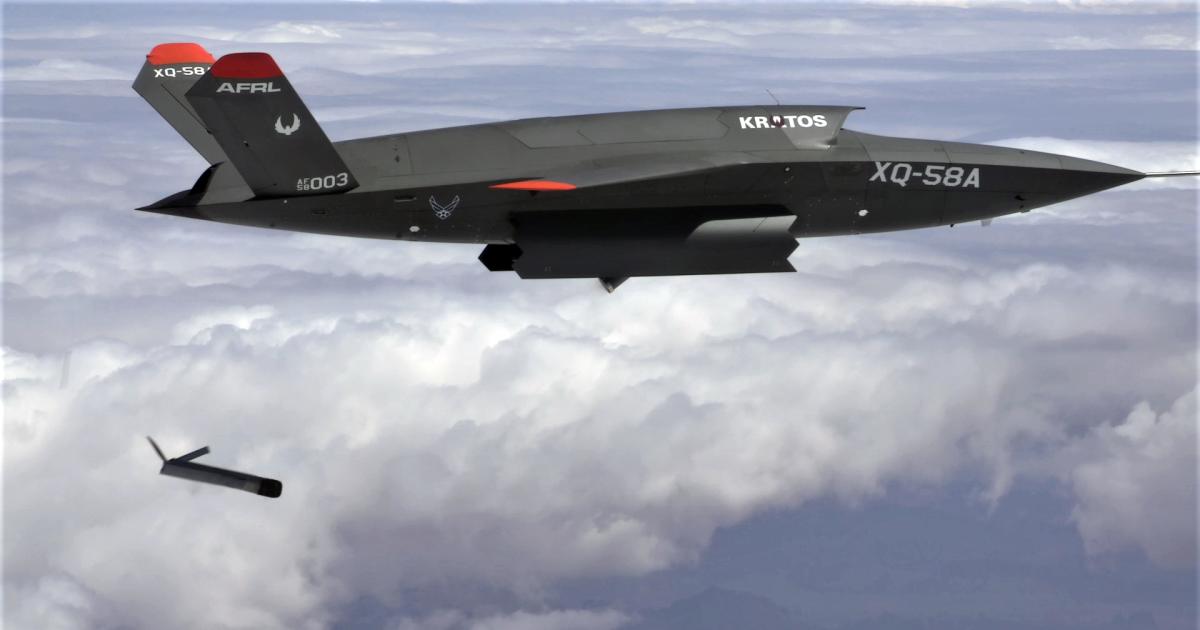The Air Force is developing pilotless AI-powered drones, known as collaborative combat aircraft (CCA), to act as a supplement to traditional fighter jets, raising questions surrounding the role of humans in conflicts waged with lethal autonomous weapons. The CCA program, which aims to build 1,000 to 2,000 drones at an affordable cost, represents a seismic shift in Air Force procurement, shifting the focus to software that can enhance weapon systems and opening opportunities for new technology firms to compete with traditional defense contractors.
The Air Force is requesting $5.8 billion to develop AI-driven XQ-58A Valkyrie aircraft, which are autonomous and ideal for suicide missions, but human rights advocates are concerned about the ethical implications of allowing technology to take lives.
The US Air Force plans to spend $5.8 billion on up to 2,000 AI-powered drones that will work alongside human pilots, with each drone costing around $3 million.
The U.S. Air Force's development of an AI-run pilotless aircraft, the XQ-58A Valkyrie, has the potential to provide a cost-effective advantage in warfare, but raises ethical concerns about the deployment of such powerful technology.
The article mentions the stock of AeroVironment Inc. (NASDAQ:AVAV). The author's recommendation is not explicitly stated, but they express a bullish sentiment towards AVAV and believe it is in a good spot to capitalize on emerging trends in the defense industry.
The author's core argument is that AVAV is thriving in the small-drone and loitering munition space, with substantial revenue growth, rising margins, and a record backlog. They highlight AVAV's strong performance in the first quarter of fiscal year 2024, driven by strong demand for its unmanned systems and loitering munitions. The author also mentions AVAV's acquisition of Tomahawk Robotics, which is expected to enhance its multi-domain control capabilities.
Key information and data provided in the article include AVAV's market cap of $3.0 billion, its revenue growth of 40% year-over-year in the first quarter, its strong demand for Puma systems and Switchblade shipments, and its record backlog of $540 million. The author also mentions AVAV's gross margin increase and its guidance for full-year revenues ranging from $645 to $675 million.
Overall, the article presents a positive outlook for AVAV and highlights its strong performance and growth prospects in the defense industry.
The Pentagon is considering the development of an AI-powered fleet of drones and autonomous systems to counter the threats posed by China's military buildup and AI research efforts, with plans to spend hundreds of millions of dollars on the project.
